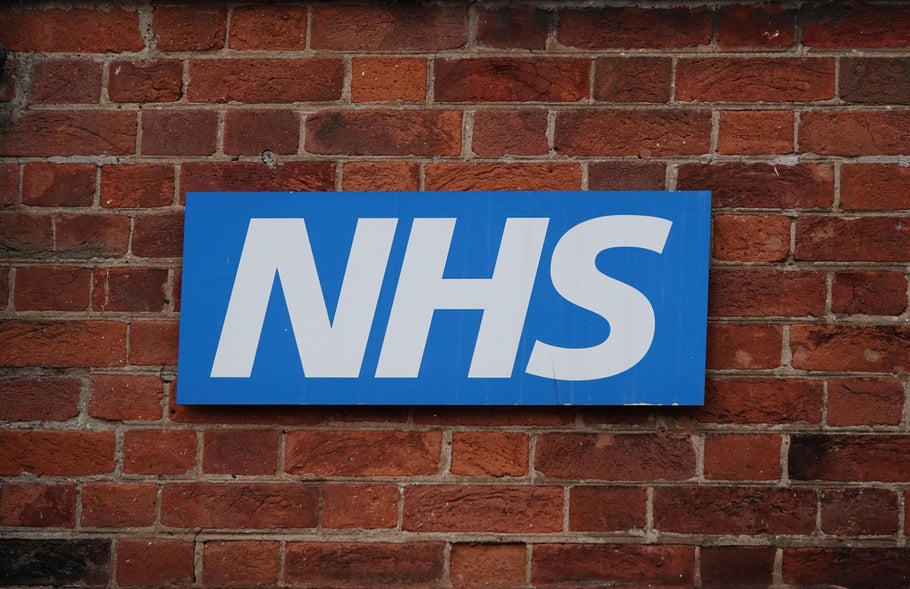NHS Dentistry: A decade of reform begins – what does it mean for the sector?
As the Government unveils its 10-year vision for the NHS, Paul Graham (Managing Director – Medical, Christie & Co) looks at the impact on the dental sector.
Business. Built around You.
Your expert business property advisers


With public satisfaction declining and millions struggling to access care via the NHS, this long-term manifesto offers both a necessary reset and a clear direction of travel. The key areas of transformation are:
- Hospital to community
- Analogue to digital
- Sickness treatment to prevention
But what does this mean for operators, investors, and professionals in the sector?
A system in crisis
Public satisfaction with NHS dentistry fell from 60% in 2019 to just 20% in 2025. It was also reported last year that over 13 million adults cannot access NHS dental care, and, alarmingly, even individuals with the most urgent clinical needs are frequently left without treatment.
This has given rise to what many are calling a ‘two-tier system’, where those who can afford private care do so, while others forgo treatment entirely or resort to DIY solutions. The urgency for reform is undeniable.
The current contract
The current NHS dental contract has long been criticised by providers for being structurally flawed and professionally unappealing. Dentists and dental care professionals report that it:
- Fails to incentivise care for patients with the most significant needs
- Does not always encourage practices to use their whole dental team
- Lacks focus on quality improvement that other primary care providers benefit from
- Makes many feel disconnected from the wider NHS
The proposed reforms aim to address these issues head-on. A consultation launched in July 2025 outlines several changes to be implemented in the 2025-2026 financial year, including:
- Fairer funding models that reflect the complexity of care, especially through three new holistic complex care pathways
- Reduced reliance on low-value activity such as unnecessary check-ups, and instead focuses on those with the greatest clinical need
- New financial incentives tied to quality improvement and staff development, including structured appraisals and audits
- Greater integration with urgent and unscheduled care delivery
The net result? A contract that is more financially sustainable, clinically appropriate, and ultimately more attractive to both new and experienced NHS dental professionals.
A vision for 2035
The NHS plan sets out a bold, long-term ambition: to build a dental system that is transparent, accessible, and fit for the future, where high-quality care is available to all, regardless of income. A central pillar of this transformation is the commitment to a new dental contract designed to improve access, reward prevention, and empower the dental workforce to perform at its peak.
Importantly, the plan also recognises the critical need to value and support the workforce, something the profession has long called for.
While 2035 may seem distant, immediate action is already underway. In February, NHS England committed to delivering an additional 700,000 urgent and much-needed dental appointments, and, starting this year, newly qualified dentists will be required to work in the NHS for at least three years, in an effort to shore up frontline staffing and improve continuity of care.
Immigration and workforce implications
From 22 July, a significant change in UK immigration rules will see dental hygienists, dental nurses, and dental therapists removed from the visa sponsorship list.
This update, which does not apply to dentists, has caused understandable concern among professionals in the dental sector, particularly for those overseas who have spent years working towards GDC registration with hopes of building a career in the UK. There is still a short window to act; however, if a Certificate of Sponsorship is assigned to an applicant before 22 July, it remains valid for three months, providing some leeway to submit a visa application.
While the overall impact on the dental industry is expected to be minimal, wages may see a slight increase due to reduced workforce availability.
Local care, national impact
One of the more innovative proposals is the creation of the ‘Neighbourhood Health Service’, where dental professionals will work as part of integrated teams serving populations of around 50,000. Larger, multi-neighbourhood providers will cover broader regions of 250,000 or more.
These localised, multidisciplinary teams will allow for more tailored, proactive dental care and further elevate the roles of dental therapists and nurses. Successful existing models, such as Whittington’s Paediatric Dentistry Advice Clinic, will be scaled up nationally.
The plan also outlines a bold digital transformation of the NHS, aiming to shift it from a technologically outdated system to a global leader in digital healthcare. By leveraging the NHS’s unique strengths, such as its data, scale, and access for all, the goal is to create the most digitally accessible health system in the world.
A focus on prevention
Prevention is a core focus, particularly for children, where tooth decay remains one of the leading causes of hospital admissions. The plan outlines a significant investment in preventative care, including supervised toothbrushing in schools, wider use of fluoride varnish and sealants, and greater utilisation of dental therapists.
Water fluoridation will also expand significantly and aims to reach an additional 7.6 million people by 2030.
This emphasis on prevention represents a shift in philosophy, one that could have a lasting impact on both public health and long-term NHS demand.
From 2026/27, NHS dental payments will better reflect the complexity of cases, which is particularly important in areas with higher unmet need. The revised contract aims to cut low-value activities, such as unnecessary check-ups, and focuses instead on meaningful, preventative care.
Market implications
From a market perspective, the 10-Year Plan introduces a degree of uncertainty that practice owners and investors are watching closely. The proposed NHS graduate tie-in may alleviate some workforce pressure in the short term, but it doesn’t address the systemic challenges that continue to erode confidence in NHS-led dentistry. Buyers remain cautious of practices heavily reliant on NHS income, and there is even more scrutiny on those practices that aren’t fulfilling their KPIs. Unless there is meaningful reform to the NHS contract and greater clarity on future funding streams, the appetite for acquiring NHS-heavy practices (especially those that are underperforming) may remain subdued. Meanwhile, we continue to see increased demand for private or mixed practices, where clinicians feel they have more autonomy, stability, and financial sustainability. For many operators, the 10-Year Plan may reaffirm an already growing strategic shift away from the NHS model.
We will continue to monitor developments closely and provide insight into how these changes are shaping the dental landscape across the UK.
For more information on how these changes might impact your dental business, get in touch with Paul Graham: paul.graham@christie.com or 07739 876 621